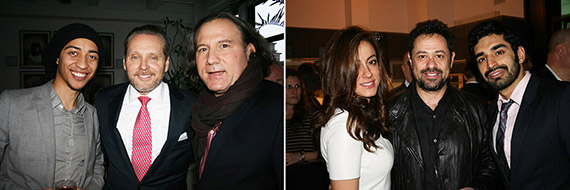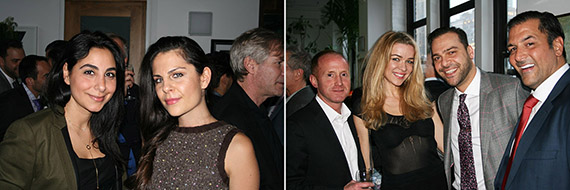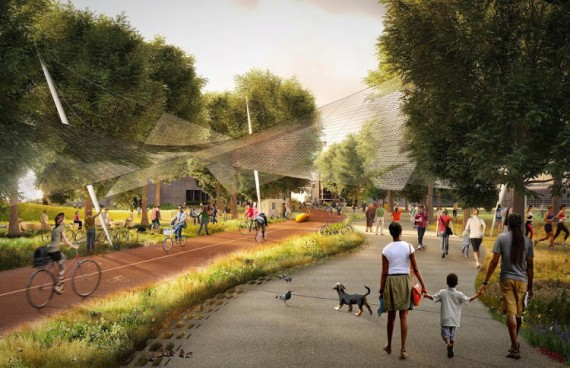Celebrated architect Bjarke Ingels lightheartedly threw a bit of cold water on the egos of developers the other evening as he explained that his design process often begins by going out and searching for problems to be solved.
“Manhattan Real Estate Developers Believe That Manhattan Is The Hardest Place to work in the world, but all places are the hardest place to work in the world,” Ingels told a crowd of several dozen top real estate professionals who gathered at the home of The Real Deal publisher Amir Korangy Wednesday night to meet and chat with the designer. Guests included Cushman & Wakefield’s Bob Knakal, Douglas Elliman broker and “Million Dollar Listing” star Luis D. Ortiz, Dan Riordan of Turnberry Associates, DelShah Capital’s Michael Shah, Eran Chen of ODA New York, the New York Post’s Lois Weiss, Terra Development Marketing’s Stephen Kliegerman, and Gale International’s Stan Gale, Jr.
“I have actually probably met the client who is the toughest client in the world,” Ingels said, and then thought twice about revealing the client’s name. “We can take that off the record.”

From left: Philip Shange, Bob Knakal, Adam Weiss, Mehrnoosh Aryanpour, Eran Chen and Hiten Samtani
The architect, whose eponymous firm Bjarke Ingels Group is outgrowing its space at the Starrett-Lehigh Building and is planning to move into bigger digs downtown at 61 Broadway, discussed his design ethos, which takes the marriage of form and function to head-spinning heights.

From left: Rojika Antanesian, Lila Nejad, Tom Brady, guest, Eli Dayan and James Famularo
BIG’s work includes a power plant in Copenhagen, Denmark, that will be transformed into a ski slope when it snows and the Danish National Maritime Musuem, which is sunken into the ground surrounding a decommissioned dry dock.
The 40-year old Dane also designed a museum for the building-block toy company Lego, which he said he considered to be the “highest honor any architect can receive.”
“This is one of my favorite photos in the world. It’s me and all the richest people in Denmark,” he said in a deadpan tone, drawing a big laugh from his audience. “I like to say that the richest guy in Denmark is the guy who makes Lego.”
Among those gathered to hear Ingels speak: Cushman & Wakefield’s Bob Knakal, Fortuna Realty Group founder Morris Moinian, Eastern Consolidated’s James Famularo, ODA New York founder Eran Chen and designer sisters Bita and Rouzita Vahhabaghai.

BIG’s designs for the Lego museum (credit: Bjarke Ingels Group)
Ingels touched on his projects here in New York, which include the Durst Organization’s tetrahedron-shaped rental building on the Far West Side and the Dryline, a proposed 10-mile barrier that will function as a park as it protects lower Manhattan from future storm surges. He described the project as “the love child of Bob Moses and Jane Jacobs.”
And despite the impression his off-the-wall designs may give of an architect in constant pursuit of the “wow” factor, Ingels said it is simply a matter of finding the proper peg for the current hole, or vice versa.

A rendering of Google’s new campus (Credit: Bjarke Ingels Group/Thomas Heatherwick)
“We will eventually find some kind of problem that needs solving, or some kind of potential that hasn’t been realized. And then once you find that it becomes an invitation to go outside the ordinary,” he said.
“Once you start piling on more and more demands, suddenly the standard solution doesn’t suffice anymore,” he added. “It’s not like we impose some kind of expensive, spectacular, unpractical craziness. It’s actually rather that we say, is this really enough or could we do more?”
